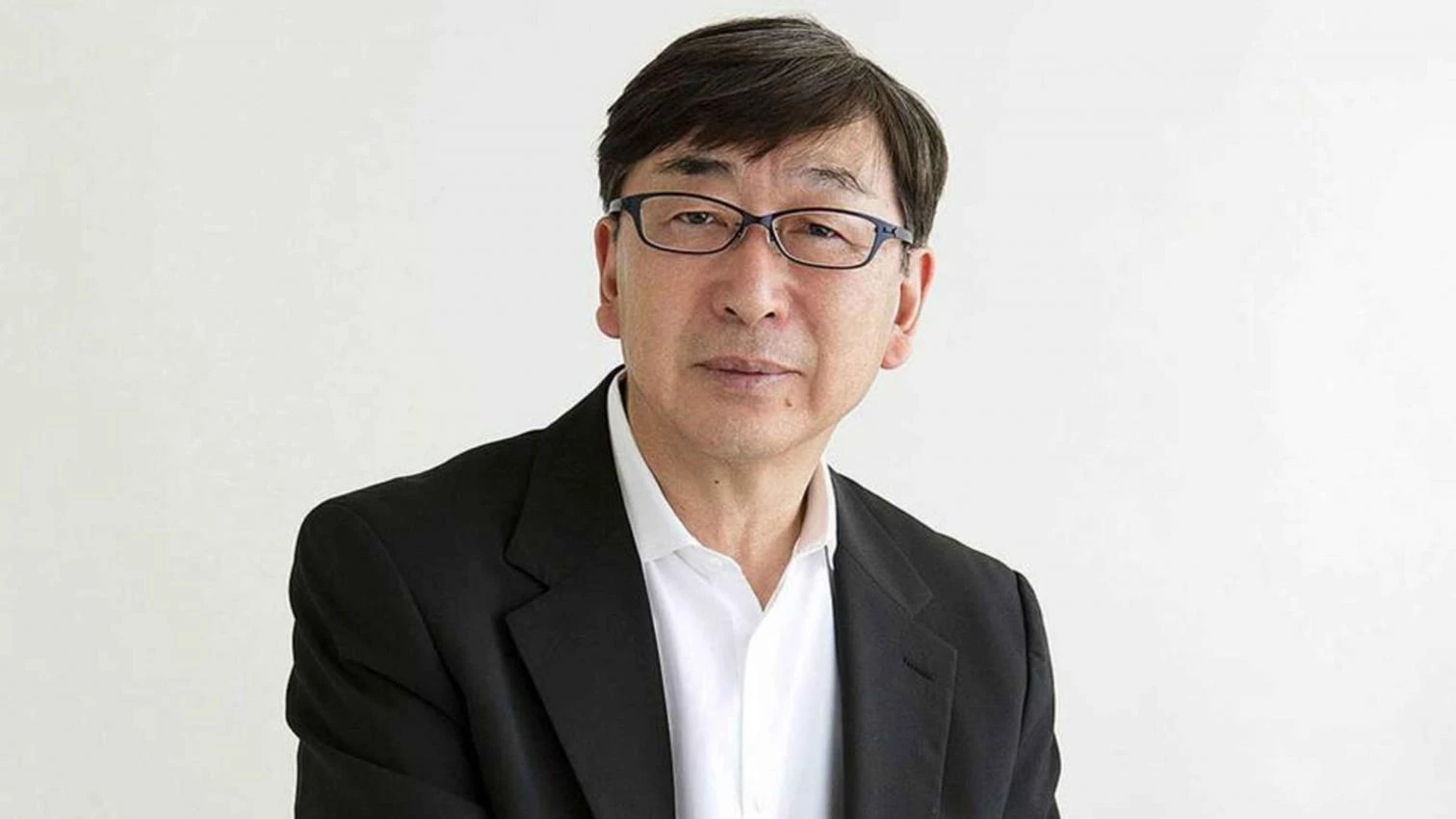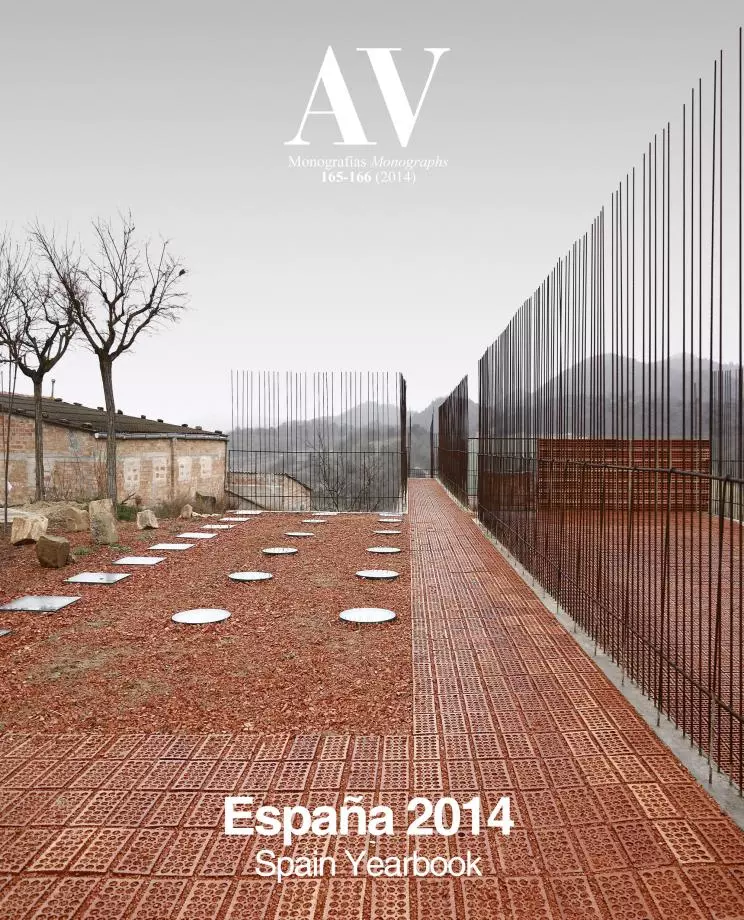
Toyo Ito
It often happens that excelling disciples end up receiving the same prizes as their masters. This this was case of the Pritzkers of Souto de Moura and Siza for instance. It is uncommon though to see the masters pick up the award later than their disciples, but it happened with the Japanese Toyo Ito (born in Seoul in 1941), who received the Pritzker three years after Kazuyo Sejima and Ryue Nishizawa, stretching the list of Japanese Pritzker laureates, which already includes Kenzo Tange (1987), Fumihiko Maki (1993) and Tadao Ando (1995). With a $100,000 grant, the award went to Toyo Ito, whom the jury described as a pioneer who encourages others to benefit from his discoveries, and with “a body of work that combines conceptual innovation with superbly executed buildings,” among which the Tower of Wind in Yokohama (1986), the Serpentine pavilion (2002) or the Sendai Mediatheque (2000), aside from other less fortunate works like the ‘Caracola’ in Torrevieja or La Gavia Park in Madrid. Ito’s disinterested commitment to the reconstruction of Japan after the 2011 tsunami also contributed to the award concession.





